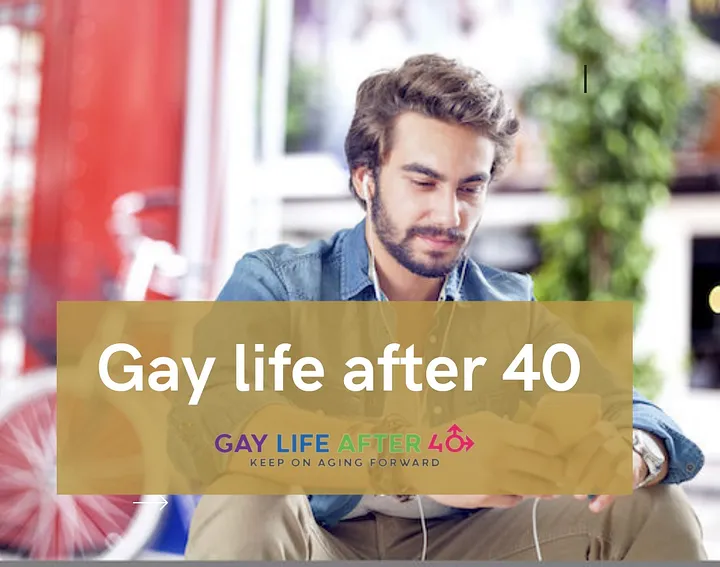
Why Gay Bars Are Dying—and What It Means for LGBTQ+ Community Spaces
Once the heart of LGBTQ+ nightlife and activism, gay bars have been slowly disappearing from cities across the world. These once-vibrant spaces were sanctuaries for queer people to meet, express themselves freely, and build community. But over the past two decades, a growing number of them have shuttered their doors. While the reasons are complex, the loss of these venues raises important questions about the future of queer visibility and belonging.
“Gay bars weren’t just about partying—they were about survival, community, and resistance.”
— Ricardo D., former bar owner in San Francisco
One key factor behind the decline is the increasing acceptance of LGBTQ+ individuals in mainstream society. As queer people feel more welcome in traditionally straight venues, the need for exclusively gay spaces may appear less urgent. Apps like Grindr and Tinder have also changed how people connect, shifting social life from physical spaces to digital ones.
“People don’t cruise in person anymore. They swipe. It’s a different world.”
— Jason M., bartender in NYC’s West Village
Gentrification and rising rents have also taken a heavy toll. Many historic gay neighborhoods—once havens for marginalized communities—have become trendy real estate hotspots. This shift pushes out small, independently owned bars that can no longer afford the skyrocketing prices.
🧱 “In the 1980s, this was a safe zone. Now it’s a wine bar with rainbow flags but no queers.”
— Anonymous resident of Chicago’s Boystown
Another issue is generational change. Younger queer folks often seek inclusive spaces that welcome all genders and orientations, not just cisgender gay men. Some see traditional gay bars as outdated or unwelcoming to women, trans, and nonbinary people. This shift in values has inspired new kinds of queer spaces—pop-ups, sober events, community centers—but also contributes to the decline of the old-school gay bar model.
“It’s not that we don’t need queer space—we just need it to reflect who we are now.”
— Ari T., nonbinary organizer in Seattle
Yet the disappearance of these bars isn’t just a sign of progress. It represents a loss of cultural memory and safe space. Gay bars were more than places to dance or drink; they were where political movements started, where chosen families formed, and where people could be unapologetically themselves.
“When Stonewall happened, it happened in a bar. That should tell you everything.”
— LGBTQ+ historian Eliza Monroe
If the death of the gay bar is inevitable, the challenge now is to imagine what comes next. How do we preserve queer community in a world where everything feels more fragmented? Perhaps the future lies in reimagining spaces that are inclusive, accessible, and resilient—whether digital or physical. The legacy of the gay bar is not just in the buildings, but in the spirit of resistance, celebration, and connection that fueled them.

